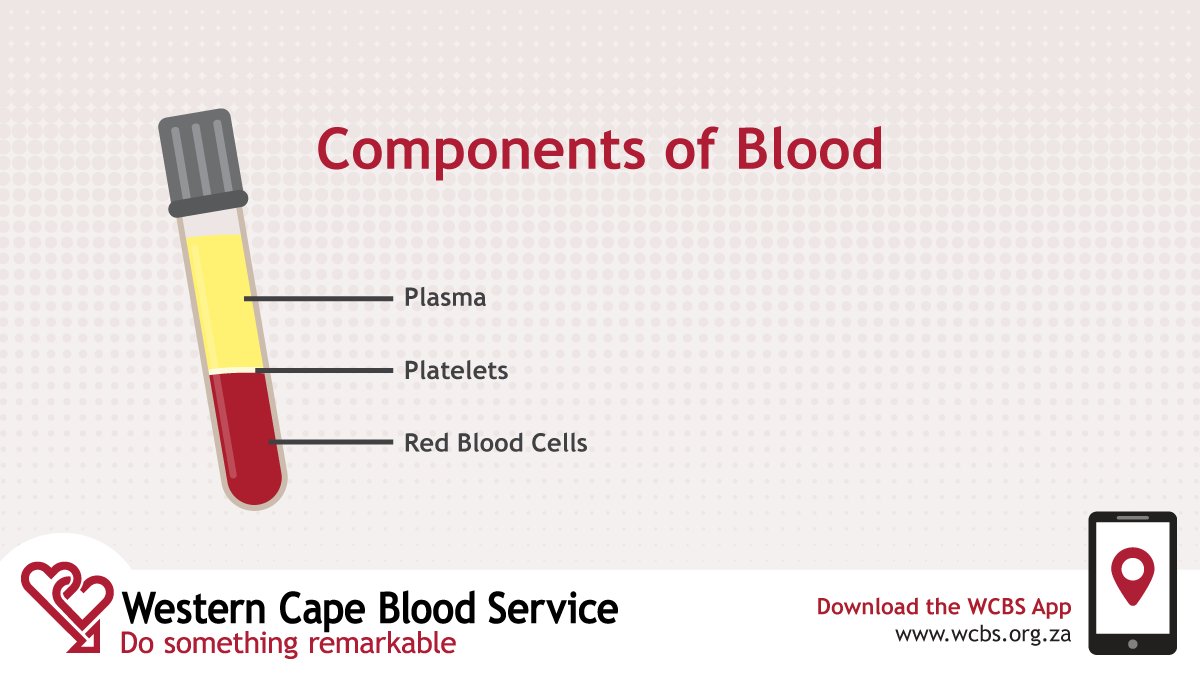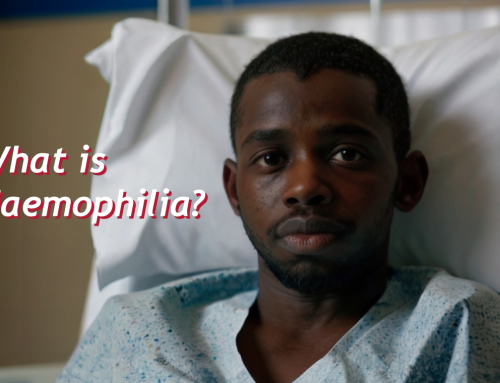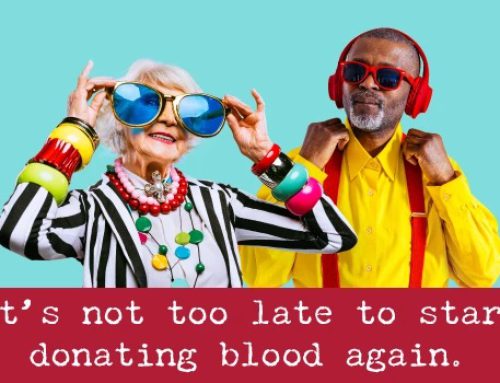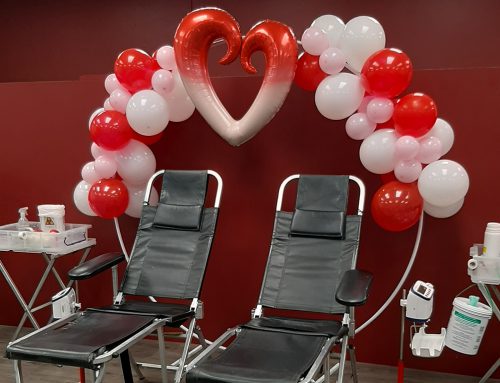By Nadia Turner
Most blood donors know that donating blood is a remarkable lifesaving act but not all blood donors realise how amazing that unit of blood actually is or how many different types of donations there are, and the number of products the Western Cape Blood Service makes.
When a donor donates whole blood, the unit is usually separated into its components or parts, red blood cells, platelets and plasma. In this way, a patient only receives what they need and allows us to get the most out of one donation. One donation has the potential to save up to 3 peoples’ lives.
Red cell components are useful for their iron-rich stores and oxygen-carrying capacity. Red cell transfusions are given to treat acute or chronic anaemia. Many of our red cell products have the white cells removed to reduce the chance of an unfavourable immune response to foreign antigens and to lower the risk of Cytomegalovirus (CMV) transmission. This is especially important for all our infant and paediatric products. (CMV is a common virus that is transferred through bodily fluids including blood and if you have an already weakened immune system it could have serious effects.)
Platelets are responsible to stop bleeding and work together with plasma and are an important part of the clotting process. Platelets can be separated from plasma and platelet transfusions are given for the prevention or management of active bleeding as a result of reduced platelet numbers or abnormalities of platelet function. For a platelet transfusion, platelets from different donors are combined and given to a patient; these are called random pooled platelets. Platelets can also be collected by apheresis. In this procedure, the donor only donates their platelets and their red blood cells and plasma are returned to them. This procedure allows enough platelets to be collected from a single donor so that they don’t have to be combined with platelets from other donors. These are used in patients with chronic platelet transfusion needs in order to limit their exposure to many donors. We have a dedicated panel of platelet donors who donate at our head office in Ndabeni. In order to become a platelet donor or for more information, please contact 021 507 6395.
Plasma is the clear yellow liquid part of blood. Plasma can further be separated into clotting factors and certain proteins. It also contains other proteins, such as antibodies, that help fight infection. Once the plasma has been separated from the red blood cells it can be frozen and kept for up to a year. It can then be thawed and given to the patient as fresh frozen plasma. Cryoprecipitate is a highly concentrated product derived from fresh frozen plasma. All of our fixed blood donation centres have facilities for donors to donate plasma. For more information on plasma donation, click here.
So next time you donate blood, remember that your one donation is going to be utilised to make a difference in the lives of not one but many patients and their families who will be forever grateful for remarkable people such as yourself.





